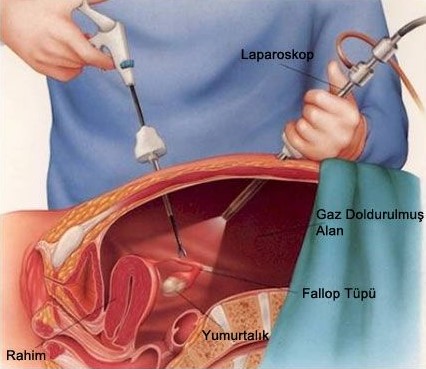
What is cyst surgery?
Cyst surgery is a minimally invasive procedure used to treat cysts. Cysts are noncancerous, fluid-filled sacs that can form in any organ in the body. While most cysts are benign, some can cause serious health problems. It's usually done using the laparoscope, a small camera inserted into the body through a small incision. The camera is used to guide the surgeon while removing the cyst. Cyst surgery is a relatively safe and effective way to treat cysts. Complications from the procedure are rare, but can result in infection, bleeding, and damage to nearby organs. If you have a cyst that is causing pain or other problems, talk to your doctor about whether cyst surgery is right for you.
How is cyst surgery done?
Cyst surgery is performed by making a small incision in the skin over the cyst. Then the cyst is removed and the area is cleaned. A cyst is a sac-like pocket of tissue containing fluid, air, or other substances. They can occur anywhere on the body, but are most common on the skin, ovaries, and breast. While most cysts are harmless and cause no symptoms, some can grow and cause pain, swelling, and redness. If a cyst is causing pain or other symptoms, your doctor may recommend surgery to remove it. Cyst surgery is a relatively simple procedure that can be performed in an outpatient setting. First, the cyst area is cleaned with an antiseptic solution. A local anesthetic will be injected into the area to numb the skin and underlying tissue. Once the area is numb, your surgeon will make a small incision over the cyst. The contents of the cyst will be sucked out and the sac-like wall of the cyst will be removed. The incision will then be closed with stitches. You will be given instructions on how to care for the incision and given a list of signs and symptoms that may indicate a problem. Cyst surgery is generally a safe and effective procedure with a low risk of complications.
After cyst surgery
A cyst is a sac-like pocket of tissue that can form anywhere on the body. Cysts are usually filled with fluid, but can also be filled with air, pus, or other substances. Most cysts are benign, meaning they are not cancerous. However, some cysts can become cancerous over time. If you have had surgery to remove a cyst, there are some things you should do to ensure proper healing and avoid infection. First, you will need to keep the incision clean and dry. You may need to use dressings or bandages for a few days. Be sure to follow your doctor's instructions on how to care for your incision. Secondly, you will need to calm down for a few days. Avoid strenuous activities and lifting heavy objects. Third, you may need to take antibiotics to prevent infection. Make sure you take them as prescribed. Fourth, watch for signs of infection such as redness, swelling, or drainage from the incision. If you notice any of these symptoms, call your doctor right away. Finally, be sure to follow your doctor according to the instructions. You will most likely need to have the incision checked and additional surgery may be required to remove any remaining cysts.





 Hurşide Cevlan
Hurşide Cevlan